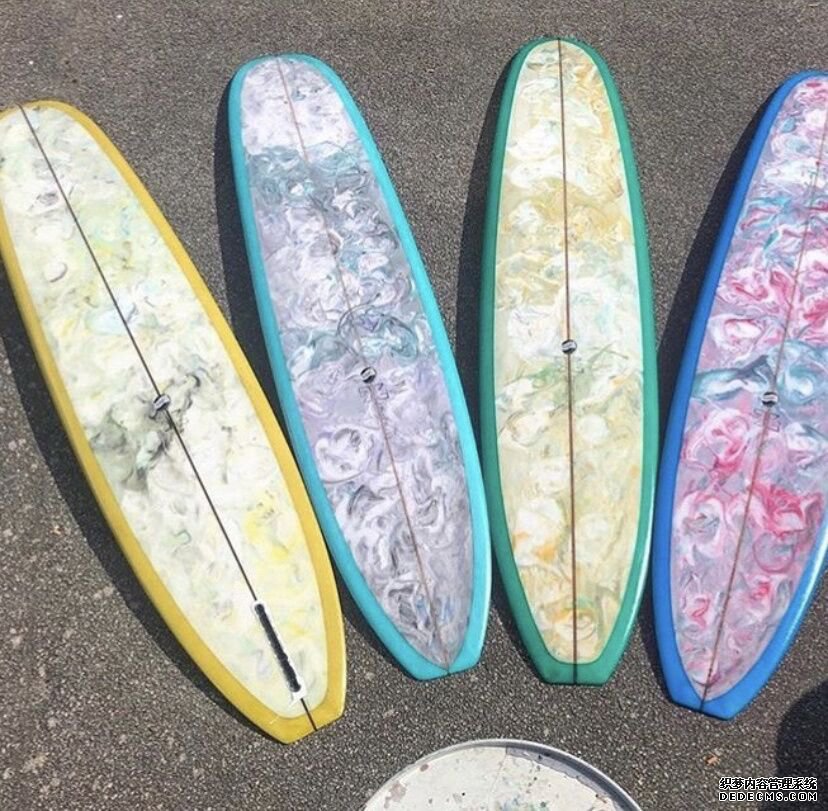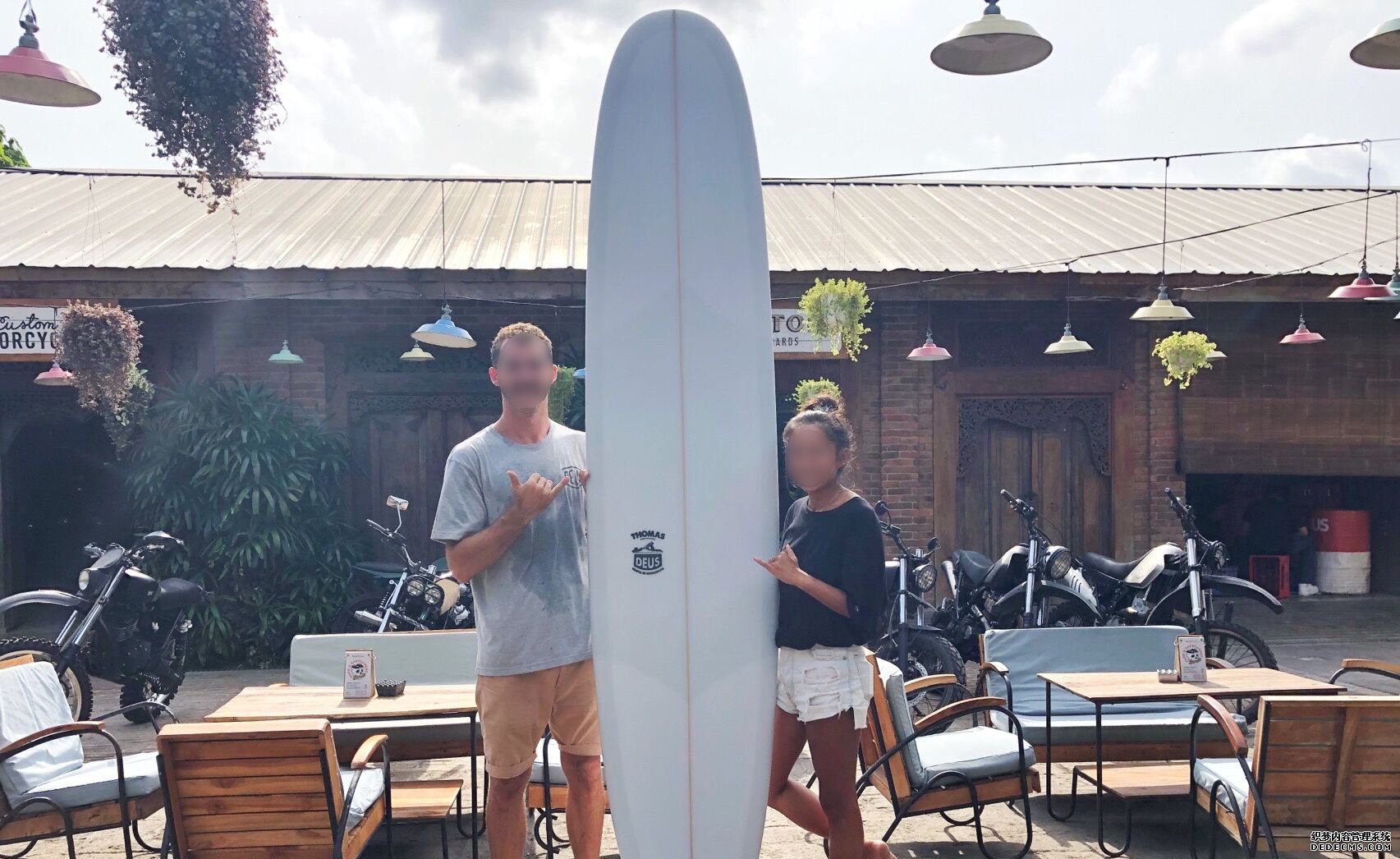Surfboard Material PU VS EPS
Update: 2022-09-20 14:36 View:
It seems that many people don't know what material the surfboard is made of, so I will talk to you today. The material of the surfboard is mainly PU foam and EPS. It just so happens that I have used both materials, so I can share my feelings with you☺️
PU (Polyurethane): The PU surfboard is made of polyurethane foam as the core, plus keel, glass fiber and PU polyester resin glue. Since Hobie and Gordon Clarke began mass production of surfboards with polyurethane foam in the 50s or 60s, PU foam has become the main material for making surfboards. practice.

Epoxy polystyrene: Epoxy surfboard (referred to as EPS) is made of polystyrene foam as the core and EPS epoxy glue. EPS surfboards began to appear in the 1990s, but it was not until 2005 that the largest factory that made PU foam closed its doors.
 Hardness: EPS glue is about 35% harder than the glue used for PU boards, and it is not easy to get out of the pit or crash, so EPS surfboards are more suitable for beginners; places with many waves and rocks and people who always carry surfboards on planes. The hardness of the PU board is relatively small, and after a period of use, there will always be some pit marks caused by pressing, especially where the feet exert force. Although the hardness is small, the resilience of the PU board will make the surfer feel more foot-feeling, but because of the low hardness of the PU board, the PU board is more likely to be broken during use. Of course, if you don't use the surfboard correctly, it will break even on a hard board.
Hardness: EPS glue is about 35% harder than the glue used for PU boards, and it is not easy to get out of the pit or crash, so EPS surfboards are more suitable for beginners; places with many waves and rocks and people who always carry surfboards on planes. The hardness of the PU board is relatively small, and after a period of use, there will always be some pit marks caused by pressing, especially where the feet exert force. Although the hardness is small, the resilience of the PU board will make the surfer feel more foot-feeling, but because of the low hardness of the PU board, the PU board is more likely to be broken during use. Of course, if you don't use the surfboard correctly, it will break even on a hard board.
Buoyancy: After the short boards of the same size and different materials go into the sea, you will find that in the sea, the surfer with the PU board will sit lower than the surfer with the EPS board. That's because the buoyancy of the PU board is smaller than that of the EPS board. The small buoyancy of the PU board allows the board to have more contact with the waves, while the large buoyancy of the EPS board makes it easier to paddle and chase the waves, so it is more suitable for beginners. The big difference between the two boards is that the PU board is sitting in the water, and the EPS board is floating on the water. In windy days, the EPS board is very unstable.
Weight: EPS board is lighter than PU board
Aging speed: Due to the hardness, the PU board is more prone to aging, which will cause the board surface to fade or water to enter the gap of the concave pit. In comparison, the aging speed of EPS boards will be slower.
PU (Polyurethane): The PU surfboard is made of polyurethane foam as the core, plus keel, glass fiber and PU polyester resin glue. Since Hobie and Gordon Clarke began mass production of surfboards with polyurethane foam in the 50s or 60s, PU foam has become the main material for making surfboards. practice.

Epoxy polystyrene: Epoxy surfboard (referred to as EPS) is made of polystyrene foam as the core and EPS epoxy glue. EPS surfboards began to appear in the 1990s, but it was not until 2005 that the largest factory that made PU foam closed its doors.

Buoyancy: After the short boards of the same size and different materials go into the sea, you will find that in the sea, the surfer with the PU board will sit lower than the surfer with the EPS board. That's because the buoyancy of the PU board is smaller than that of the EPS board. The small buoyancy of the PU board allows the board to have more contact with the waves, while the large buoyancy of the EPS board makes it easier to paddle and chase the waves, so it is more suitable for beginners. The big difference between the two boards is that the PU board is sitting in the water, and the EPS board is floating on the water. In windy days, the EPS board is very unstable.
Weight: EPS board is lighter than PU board
Aging speed: Due to the hardness, the PU board is more prone to aging, which will cause the board surface to fade or water to enter the gap of the concave pit. In comparison, the aging speed of EPS boards will be slower.

